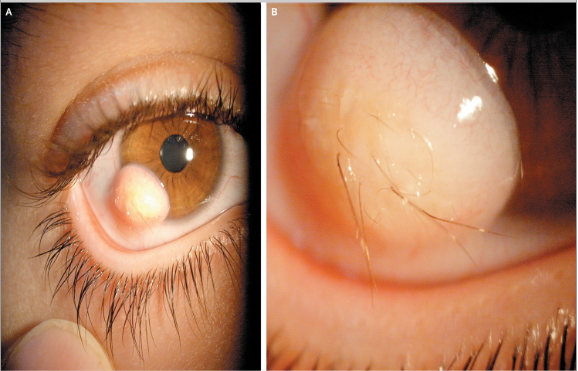5 Of The Most Bizarre Medical Cases: Physicians Report Horrifying Hallucinations, Contorted Esophagus

After four years of college, four years of medical school, and two or more years of residency, few biological quirks will impress doctors – but every so often, a patient will come in with symptoms so bizarre and unusual that the physician publishes a case report. This report explores the scientific implications of the patient’s condition, introduces them to contemporary research, and provides insight for future doctors dealing with similar cases. In essence, it describes in minute detail just how weird the condition was.
LiveScience has scoured scholarly databases for the most bizarre, unsettling, and mind-bending case reports available. For those outside the medical community, the following list offers a small glimpse of how strange and unpredictable the human body can be.
5. Esophageal Corkscrew

When an 89-year-old Swiss woman sought help for a severe throat ache, imaging and x-rays revealed that her esophagus contorted itself like a corkscrew whenever she ate something. Dr. Luc Biedermann, who authored the subsequent case report, said the condition was known but extremely rare.
"The magnitude of this finding was extraordinary," he said, speaking to LiveScience.
The condition was later linked to muscle spasms. According to Dr. John Pandolfino of Northwestern Memorial Hospital, the 89-year-old’s esophageal muscles contracted simultaneously rather than in sequence, causing the organ to twist itself into the bizarre shape.
4. Star Pupil

An Austrian man literally saw stars after he was punched in the temple.
"Nature has made a beautiful cataract," said Dr. Mark Fromer, an ophthalmologist at Lenox Hill Hospital in New York.
Trauma to the side of the head is sometimes violent enough to damage the eye’s lens, which can result in a cataract. Usually, these opaque discolorations assume nebulous, unremarkable forms. Sharp, symbol-like shapes are extremely unusual.
3. Hairy Eyeball

A 19-year-old Iranian man sought medical advice after a benign tumor on his eye began to sprout hair. The man had been born with a limbal dermoid – a typically non-cancerous tumor known to grow hair, cartilage, and even sweat glands. According to Dr. Fromer, the tumor is extremely rare, and an ophthalmologist will only see one or two cases during his or her career.
2. Liver Toothpick

When a 45-year-old woman was hospitalized with vomiting and low blood pressure, doctors suspected that her liver functions had been compromised by an infection.
They were half right.
Rather than a bacterial or viral infection, the intruder was a one-inch toothpick that the woman had accidentally swallowed. Surgeons later removed it from a puss-filled cavity in her liver. Just how the object veered off the digestive path remains unclear.
1. Lucid Hallucinations

A 67-year-old woman thought she was losing her mind when she began to see horrifying, oblong faces with disproportionate eyes and teeth everywhere she looked.
After confirming that the retired schoolteacher wasn’t on any drugs, physicians examined her eyes, and determined that her macular degeneration had triggered Charles Bonnet syndrome – a rare conditions that causes a patient to see vivid, often disturbing faces, animals and objects. The hallucinations are essentially placeholder-stimuli that the brain creates during a gradual loss of vision.
"When [the brain] expects sensory input and receives nothing, it often creates its own input," said Dr. Bharat Kumar, an internal medicine resident at the University of Kentucky who treated the woman.
The study authors noted that the hallucinations usually subside once the brain gets used to limited visual data.
Sources: Sachin Dheer, M.D., and Raymond Chang, M.D. N Engl J Med 2003; 348:1671April 24, 2003DOI: 10.1056/NEJMicm020564; Claus Zehetner, M.D., Nikolaos Bechrakis. M.D.DOI: 10.1056/NEJMicm1204510; Bharat Kumar. “Complex visual hallucinations in a patient with macular degeneration: a case of the Charles Bonnet syndrome.” Age Ageing (2013) 42 (3): 411
Published by Medicaldaily.com



























